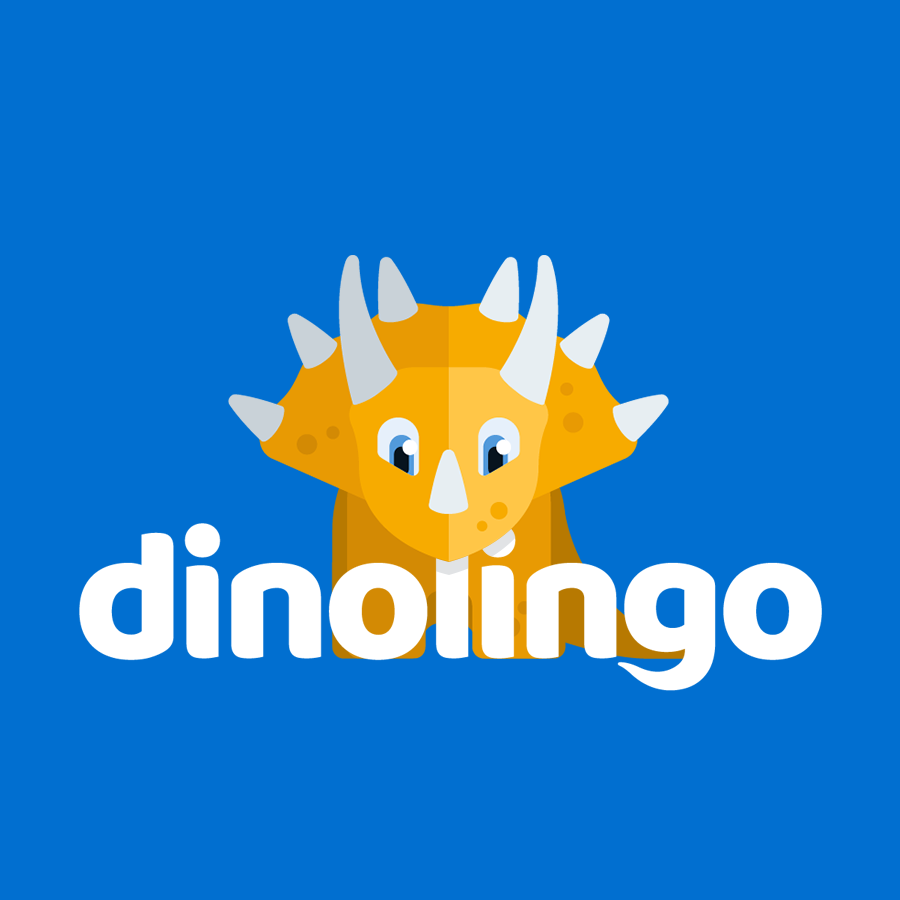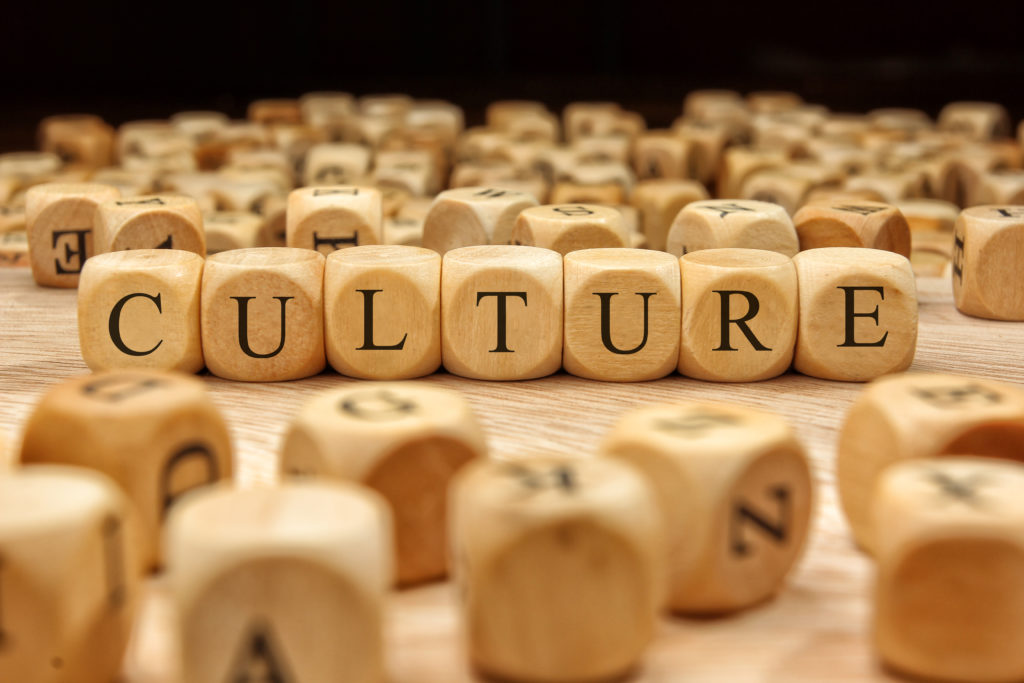Welsh food is highly influenced by British food, but has many unique traits. Lamb is a very common dish, as sheep farming is widespread throughout Wales. Lamb is the main ingredient in Cawl, a stew made with lamb and leeks, the Welsh national vegetable. Cawl is often served on holidays and other special occasions. Shepherd’s pie is another important Welsh dish made all over the world now, especially in the United States. It consists of lamb or beef covered with a layer of corn and potato on top.
Welsh cooking also uses a lot of rabbit, especially in traditional stews. Potatoes are the starchy base in most Welsh cooking, as they grow well in Wales’s notoriously rocky soil. Potatoes are often served plain along with a meat portion, pureed in soups, or baked into cakes.
Because Wales is a peninsula, seafood plays a big part in Welsh traditional cooking. Cockles, which are somewhat like oysters, are very popular and are served in a variety of dishes. They are usually served steamed. Monkfish is also very popular. Often these meals are served with laverbread, which is made from boiled seaweed covered in oatmeal and then fried.
Like in other parts of the United Kingdom, sausage plays a very important part in Welsh cooking. The most popular type of sausage is called Glamorgan, which is also made with leeks, breadcrumbs, and cheese; usually the cheese is Welsh’s famous Caerphilly cheese.
Caerphilly cheese is named after the town it originated in. It is hard and crumbly. It has a mild flavor but with a sour tang to it. For a long time it has been a favorite of Welsh families. Caerphilly cheese is now an iconic part of Welsh culture and is celebrated every year with its own festival.
For dessert or high tea, Welsh people often make Bara Brith. Bara Brith is also known as “speckled bread.” It is sweet bread made with tea and dried fruit. Often different types of preserves or marmalades are added to the dough to give it flavor.

Online Welsh lessons for kids: dinolingo.com


